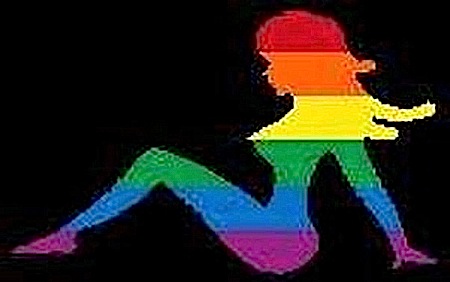 I've been debating whether to write about Ariel Levy's "Lesbian Nation" essay for The New Yorker's March 2 issue. An abstract is here. The full article is available to non-subscribers for $4.95.
I've decided to write about Levy's eight-page report because it's such a sly account of separatism giving way to assimilation, and even to reconciliation. Levy writes about lesbian separatism, which she describes as beginning in the late 1970s. The religion angles are few and implicit. The first religion reference occurs in Levy's first paragraph.
I've been debating whether to write about Ariel Levy's "Lesbian Nation" essay for The New Yorker's March 2 issue. An abstract is here. The full article is available to non-subscribers for $4.95.
I've decided to write about Levy's eight-page report because it's such a sly account of separatism giving way to assimilation, and even to reconciliation. Levy writes about lesbian separatism, which she describes as beginning in the late 1970s. The religion angles are few and implicit. The first religion reference occurs in Levy's first paragraph.
On the fringes, utopian separatists have been part of the American story since at least the early eighteenth century -- the Shakers, in New England; the millennial Rappites, in Pennsylvania; the Oneida Perfectionists, in upstate New York -- and these women decided to turn away from a world in which female inferiority was enforced by culture and law. Better to establish their own farms and towns, better to live only among women.
Levy concentrates her focus on a group of lesbians who spent several years driving around North America in vans and called themselves the Van Dykes.
The one other clear reference to religion occurs on the story's sixth page:
On New Year's Day, 1979, six Van Dykes drove four vans across the Mexican border and headed south, toward the Yucitan Peninsula. When they got to Chichén Itzá, the women climbed a crumbling ziggurat, took one look at the stone altar on top with its charred marks, and became convinced that they had stumbled upon a site where women had once been sacrificed. "They were clearly burning women," Lamar Van Dyke says. The Van Dykes ran down the steps, got in their vans, and drove away.
I don't want to give away the final two pages of Levy's report, as they offer a plot twist strong enough to move even a dreaded man to tears. Suffice it to say that the power of love can conquer ideology.
